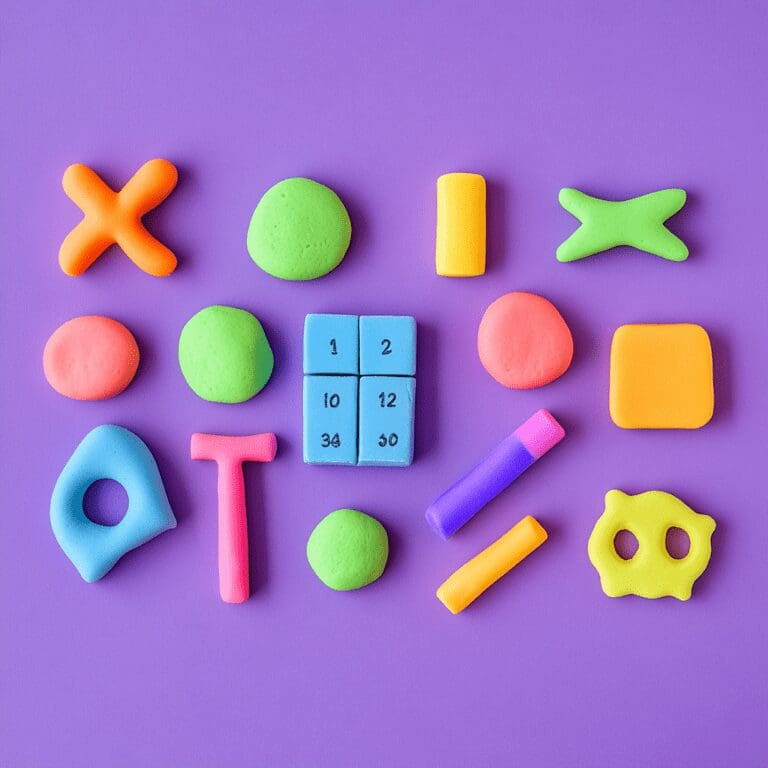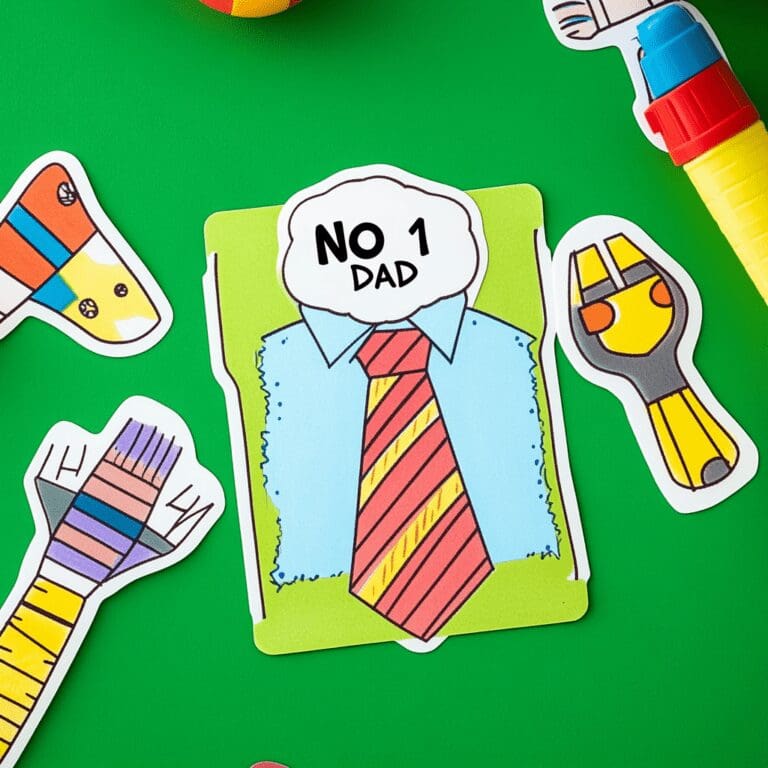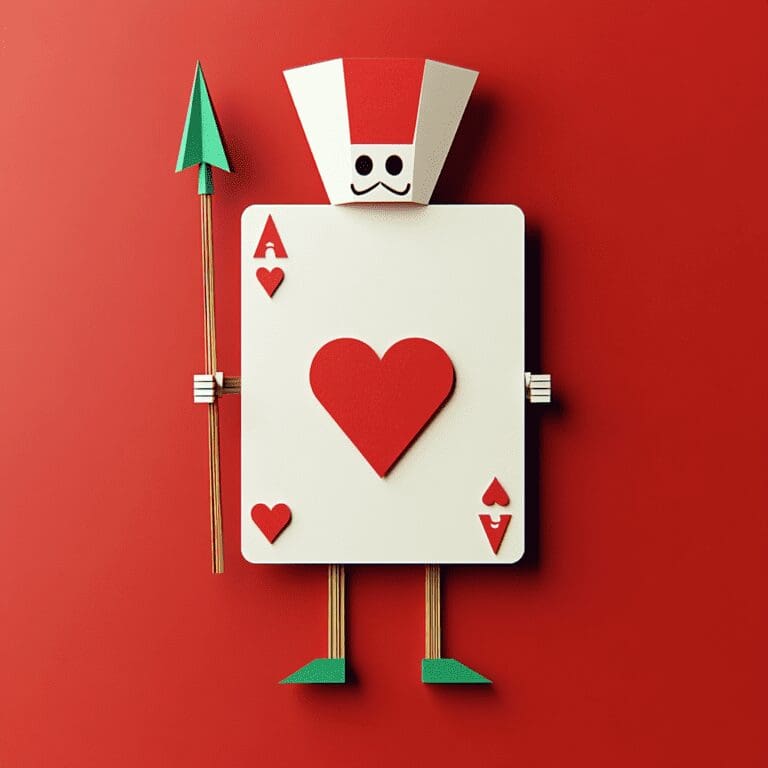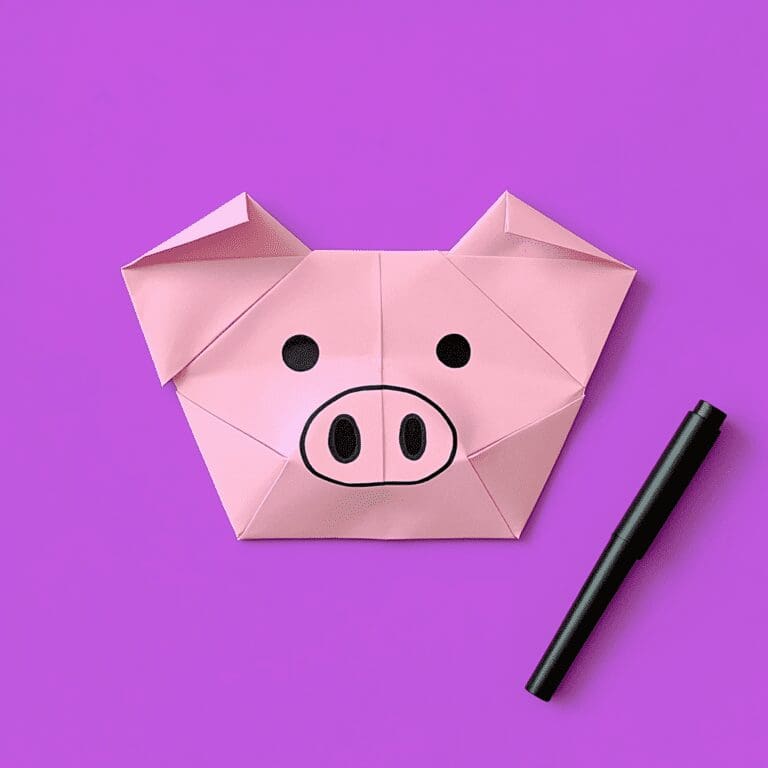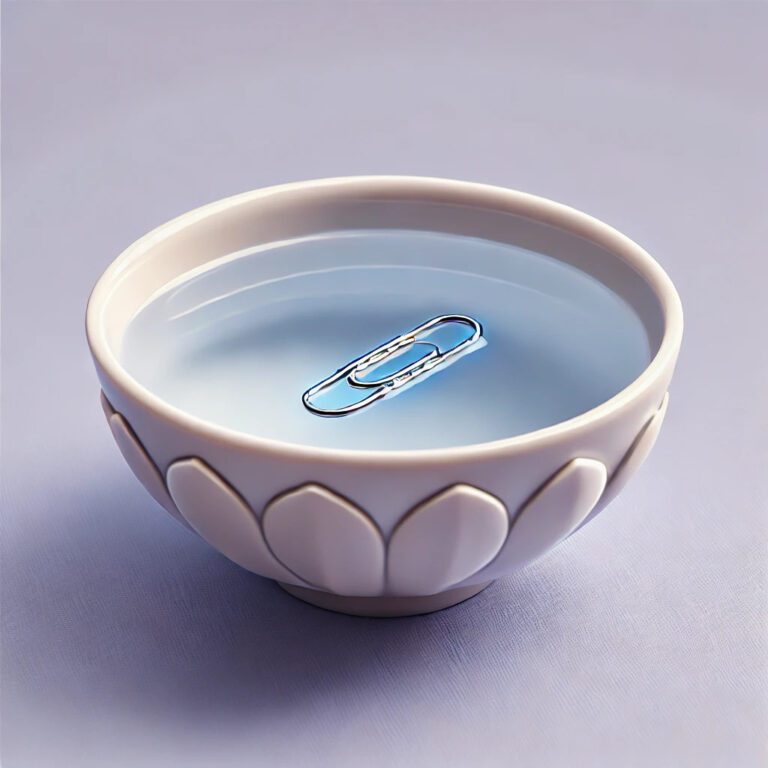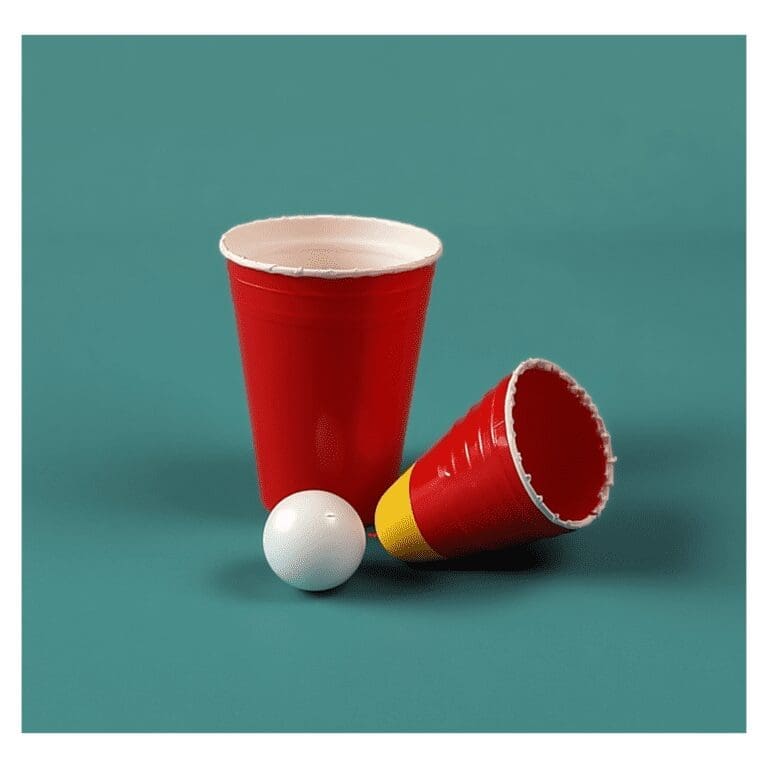Engaging children with math can sometimes be tricky, but it always helps to use a playful and creative process. If you’re looking for fun ideas, you can try some fun playdough math activities at home.
With homemade playdough, you can transform math concepts into hands-on experiences that spark curiosity and joy. These playdough activities for preschoolers are perfect for preschool, pre-k, and kindergarten-aged children, making learning both enjoyable and effective.
Introducing math concepts through playdough math activities allows children to explore numbers, shapes, and patterns in a fun and engaging way. You can start with a smash play dough math activity, where kids can flatten pieces of playdough to match numbers or shapes, enhancing their recognition and counting skills.
So, it’s time to knead some fun into learning with these playdough math activities that you can easily do at home with your little ones. Get started right away with these playdough math activities and watch your children discover the joy of learning through play.
What You’ll Need
- 2 cups of all-purpose flour
- 1/2 cup of salt
- 2 tablespoons of cream of tartar
- 2 tablespoons of vegetable oil
- 1 1/2 cups of boiling water
Method
1. In a large bowl, mix flour, salt, and cream of tartar.
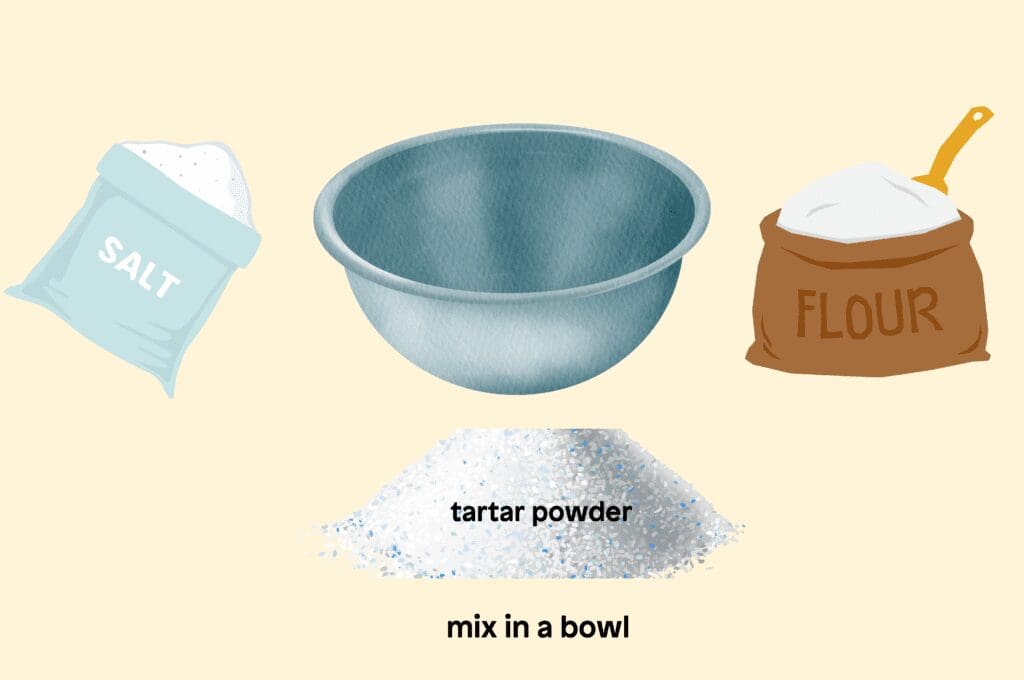
2. Add in the vegetable oil, and then carefully pour in the boiling water. Stir continuously until the mixture starts to form a dough.
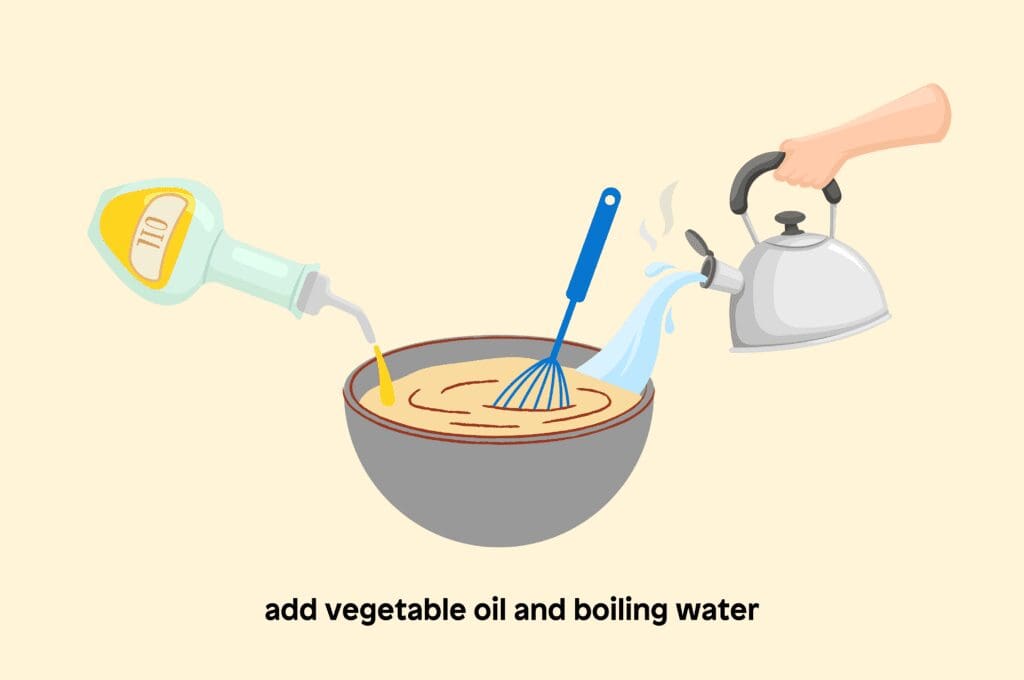
3. Once cool enough to handle, knead the dough on a floured surface until it’s smooth.
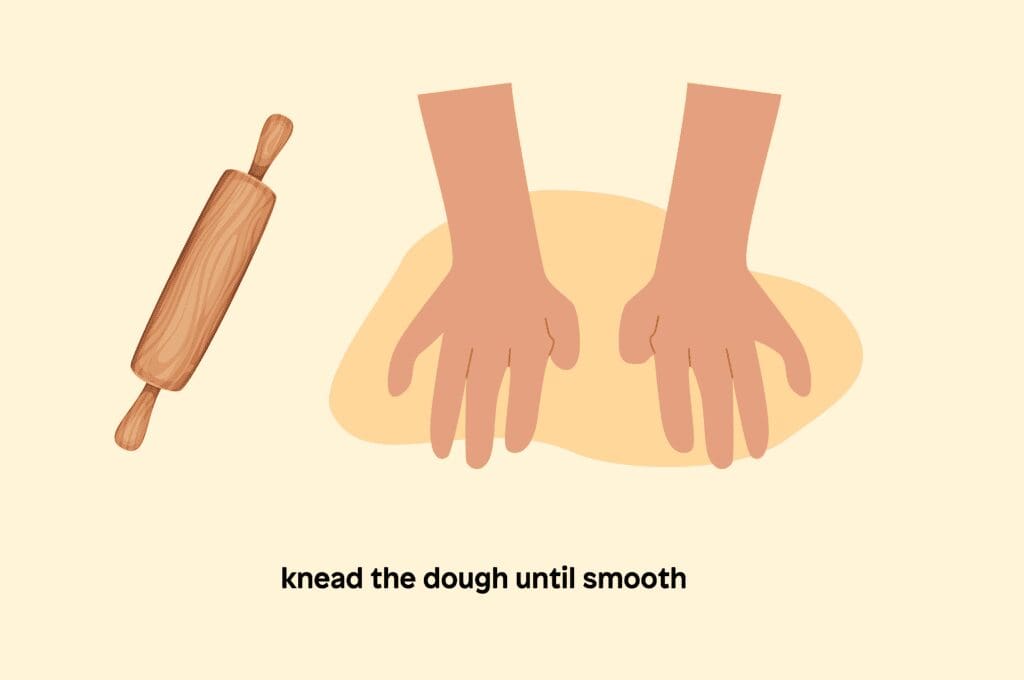
4. If you want to add color, divide the dough and work in a few drops of food coloring into each section.
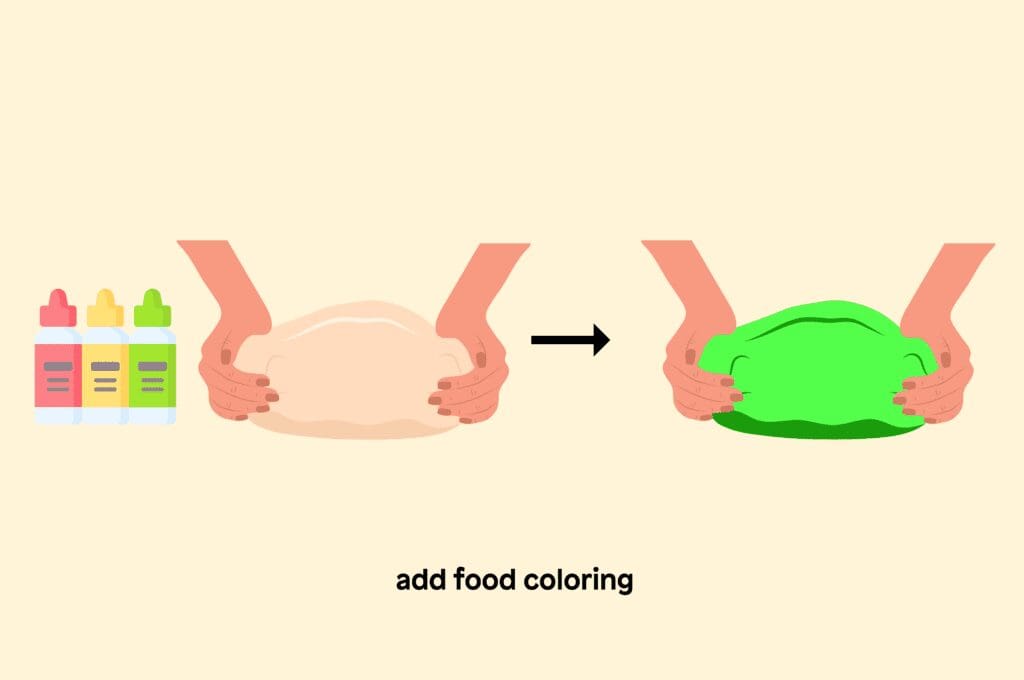
5. Time to play and learn! You can use the playdough to explore a variety of math concepts depending on your child’s age and skills. Here are some suggestions:
- For younger kids (age 4), encourage them to make shapes with cookie cutters or roll the playdough into balls to practice counting and one-to-one correspondence.
- For kids aged 5-7, use the play dough to create numbers and manipulate them into basic addition or subtraction problems. You could also make a playdough ‘balance scale’ to explore weight and measurement.
- For older kids (ages 8-12), introduce fractions by dividing playdough into parts to visualize wholes, halves, thirds, and so on. They can also use playdough to model geometric concepts such as perimeter and area by shaping them into squares and rectangles.
6. As an extension, place laminated math activity sheets under the playdough creations to match and solve problems. This can reinforce what they’re learning and offer a visual representation of math in action.
7. Most importantly, have fun! These activities aren’t just about math; they’re about spending quality time together, encouraging a love for learning, and letting creativity blossom.
And there you have it, a set of playdough math activities that will keep your kids entertained and educated. These activities are perfect for helping your children grasp essential math concepts in a fun and engaging way.
Just remember, while playdough can be a fantastic learning tool, always supervise young children to ensure they do not ingest the material. Happy molding, and enjoy this creative math approach with your little ones!
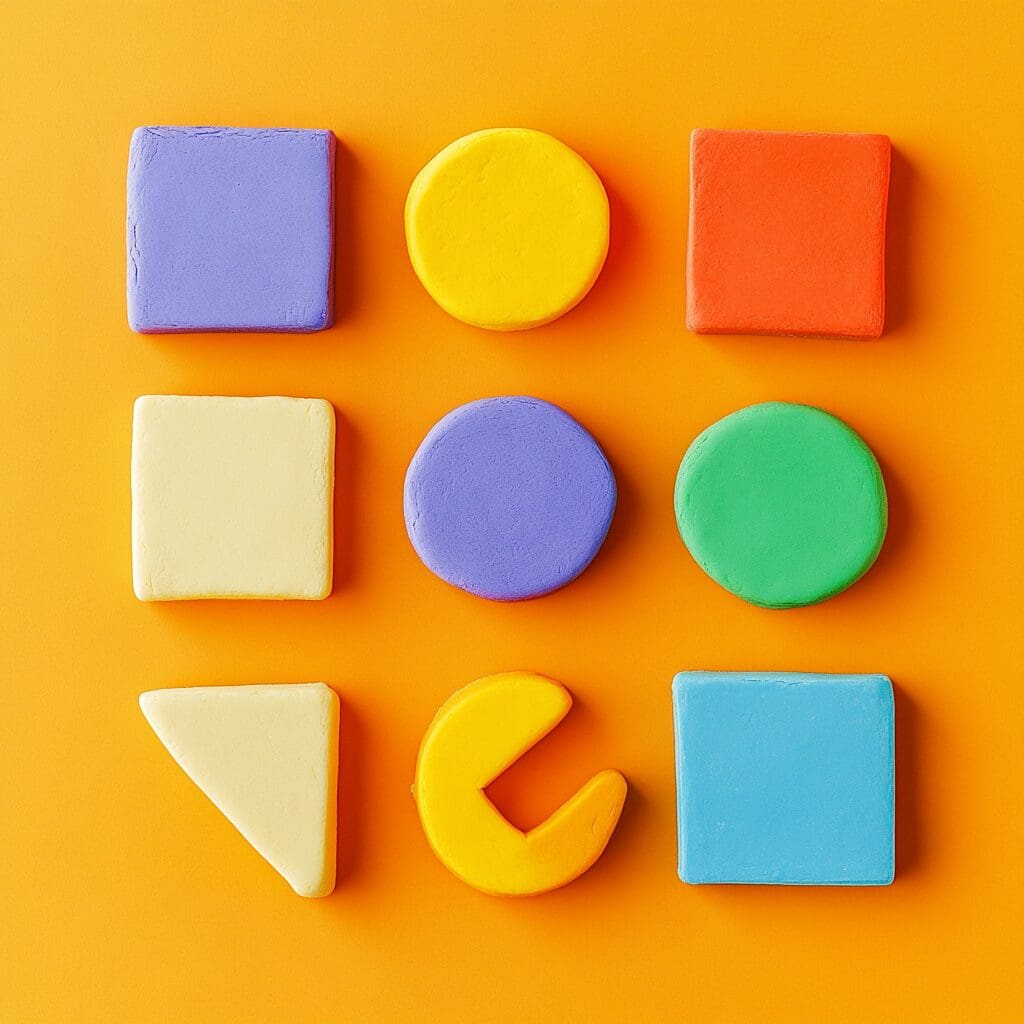
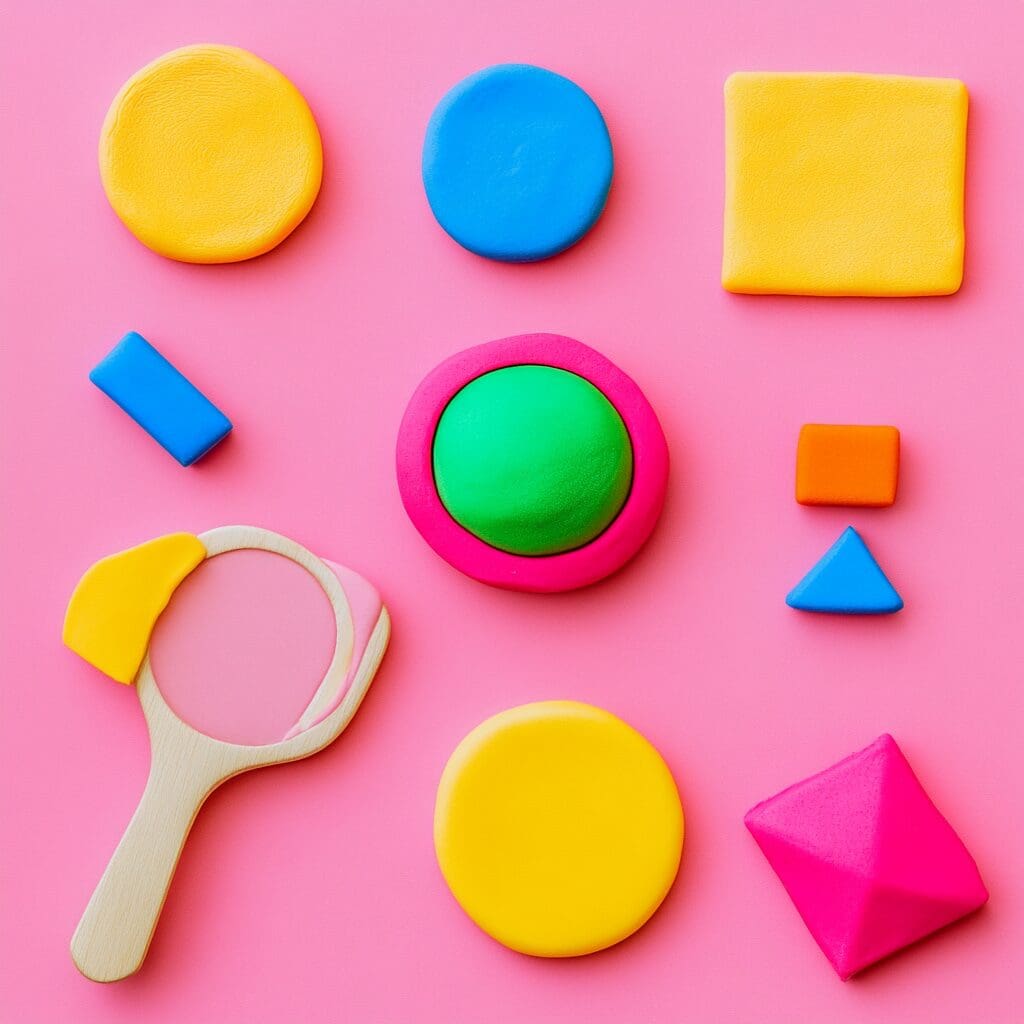
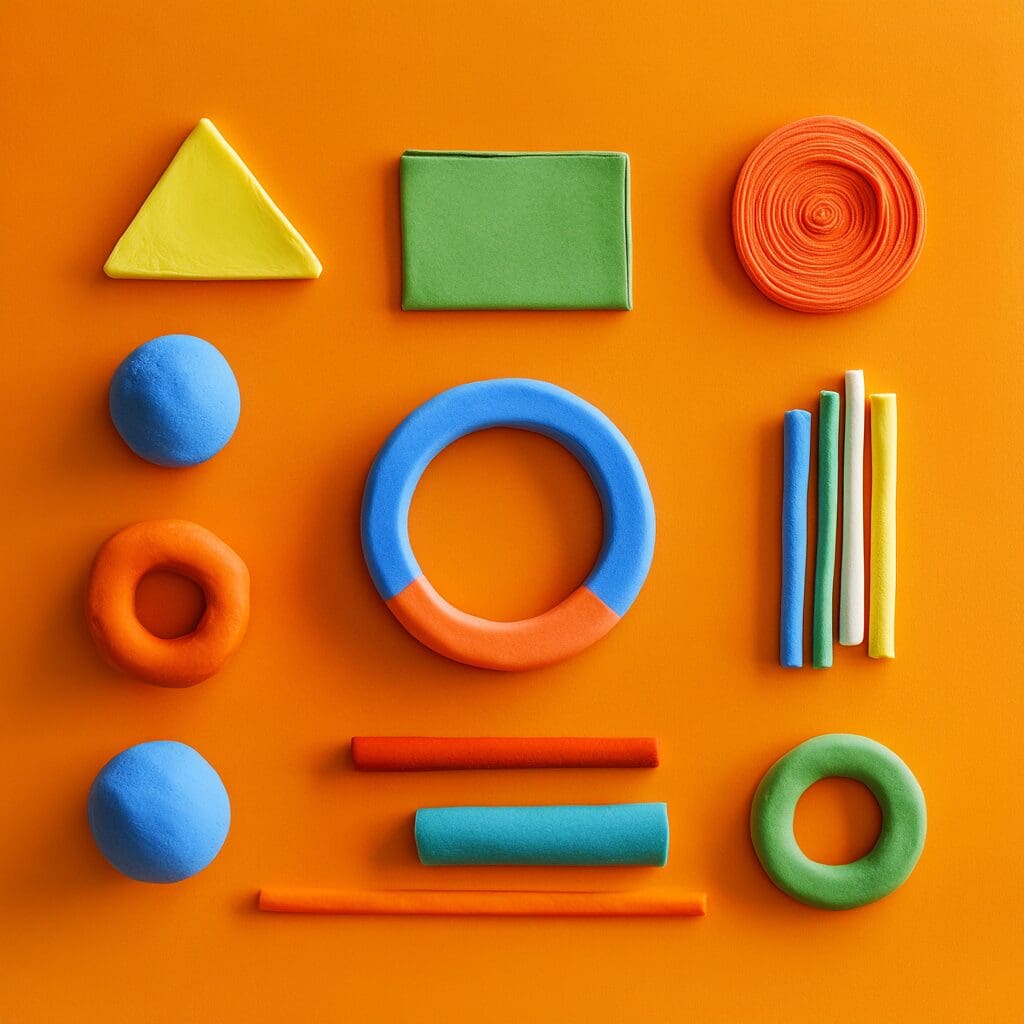
If you’re looking for more creative activities to try at home, check out our other crafts ideas. You could learn how to add a festive touch to any celebration with piñatas, or explore the world of artistic expression with colored pencils. Try out these fun and educational projects and watch your children’s creativity soar. Happy crafting and learning!
FAQs
Source
https://earlyeducationzone.com/blog/maths/play-dough-activities-early-years-maths

